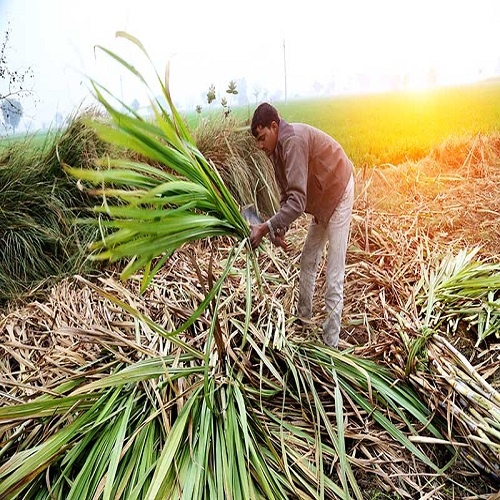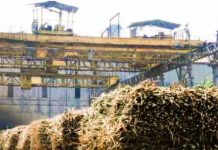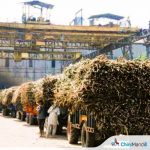A severe water shortage in the Cauvery basin in southern India is threatening the livelihood of farmers and the survival of their crops.
Sugarcane is one of the major crops grown in the Cauvery basin, and the water shortage is likely to lead to widespread crop impact this year.
Karnataka, historically a stronghold for sugarcane cultivation, has typically devoted substantial land areas for this crop, especially in the regions of the Cauvery and Tungabhadra rivers.
Villages across the Cauvery basin grappling with a monsoon deficit and limited water supplies for irrigation, primarily drawn from the Krishna Raja Sagar (KRS) dam. These villages are well-known for their diverse crops, encompassing sugarcane, paddy, ragi, tomato, banana, and coconuts.
The sustenance of agriculture in Mandya, Mysuru, and Hassan districts is intricately linked to the water from the KRS, Kabini, and Hemavathi reservoirs.
While speaking to Deccan Herlad, Ratnamma, an agricultural labourer in Allapatna, says, “Some farmers have a little water left in these ponds. They are preserving it for the livestock”. She stressed that not only crop but other aspects too rely on water.
Lined along the crop fields is grass, particularly cultivated for cattle. “This grass will dry up in a month or two. After which, even our cattle will not have food,” she says.












